Office Tenants Find a Happy Medium With Flex Space, Hybrid Work
In a tough climate, these qualities meet the changing needs of employers and workers, experts say.
After years of conflict and tension around return-to-office mandates and hybrid schedules, U.S. employees and employers have seemingly found an acceptable middle ground.

The result is an exceedingly high level of satisfaction with their current hybrid working arrangement: 90 percent of U.S.-based employees are pleased, as are 98 percent of U.S.-based employers, according to Unispace’s global workplace report, From Restrictions to Resilience.
Albert DePlazaola, global principal of strategy at Unispace, told Commercial Property Executive that many employees see a well-designed, flexible office as a place to minimize distractions and complete more work.
“To enhance the office’s appeal for employees, spaces must foster a sense of employee belonging and identity, reflect organizational values, and allow for flexible start times, according to our research,” he said.
Nearly three-quarters of U.S. employees (71 percent) say they would be happier to spend more time in the office if their workplace had spaces that connected them to the organization’s brand, culture and values.
Additionally, when asked what elements U.S. employees would like to see in their future workplace (i.e., the office in five years), a workplace that fosters belonging and identity remains in the top three responses.
With access to a tech-enabled workspace that provides advanced collaboration tools and smart features, flexible schedule options such as compressed work weeks remain in the top three responses.
Flex office space continues to expand
Flexible space providers are growing. According to a recent CommercialEdge report, flexible space has increased to 124.8 million square feet in the past year, up from 113.5 million square feet. But almost all that growth follows a trend toward the suburbs.
According to Cushman & Wakefield’s Experience per Square Foot research across a group of 9,142 employees, people who work in the office 3-plus days a week are more likely than hybrid and remote employees to come into the office for the sake of boosting productivity.
Larger, flexible workspaces are also trending. A new survey of 500 business leaders across major industries in the U.S. and U.K. by WeWork found that most remote, hybrid and fully-in-office companies plan to use flexible workspaces to increase their office space in the next two years.
Office work drives profitability, boosts productivity and fosters company culture, reinforcing that the future of workspaces must be flexible to some degree.
Research highlights also included:
- 86 percent of respondents foresee the office improving their profitability and culture over the next five years.
- 82 percent of fully in-office and 76 percent of hybrid companies said their workplace strategy positively affected employee productivity, compared to only two-thirds of remote organizations.
- 59 percent of companies planning to increase their workspace in the next two years choose flexible over traditional offices.
Signing shorter and more flexible lease terms produces more agile real estate costs, according to the survey, enabling workforce strategies to serve as crucial drivers of productivity and financial performance.
Respondents also said the office has evolved into more than a workspace: “It’s a place where teams intentionally come together to collaborate.”
Flexible Fridays are expected

Lisa Flicker, senior managing partner & head of real estate at Jackson Lucas, said that the hybrid work schedule offers plenty of perks.
“Fridays have become the go-to day for most executives to work from home,” she said. “In the past, it seemed like only the most senior leadership reserved Fridays for in-person lunches, golf outings and networking.” According to Flicker, the landscape has shifted post-COVID, and now, flexible Fridays are almost expected across the board.
“It’s practically an unwritten rule in many circles, offering a perfect blend of productivity and personal time,” she added.
A way to strengthen employees’ emotions
Alexis Krisay, owner of Serendipit Consulting, said that people crave social interaction, collaboration and the chemical balance that goes along with human interaction.
“Virtual meetings and video calls cannot fully replicate the spontaneous conversations and brainstorming sessions that often lead to innovative ideas and problem-solving,” Krisay said. “Being virtual also tends to mess with human emotions because we lack the observance of non-verbal communication, which plays a significant role in how messages are perceived and affect our feelings. Solely relying on written communication can be daunting,” Krisay added.
According to Krisay, many younger employees have desired to come into the office for true mentorship and guidance. “These employees missed years of in-person collaboration in college and are craving the endorphins and oxytocin release that face-to-face interactions stimulate,” he added.
“Oxytocin is known as the ‘bonding hormone.’ Oxytocin is associated with feelings of trust, empathy and social bonding. In-person recognition can amplify these feelings, strengthening the connection between the giver and receiver of recognition and boosting the receiver’s mood and overall well-being,” Krisay said.
READ ALSO: Flex Office Is Becoming Synonymous With Office
Real estate is a down payment on culture, according to Peter Billmeyer, SIOR, president of SIOR Chicago Chapter, as well as co-founder & CEO of Bespoke Commercial Real Estate.
He told CPE that there have been success stories of companies executing on a fully remote basis, but he does not believe that is the norm.
“Over the past 18 months, we have seen increasing productivity loss and revolving doors of talent,” Billmeyer said.
“With the faltering job market, we expect leaders who want their teams back in the office to gain the upper hand. When a leader is forced to make hard choices during a downsizing, if all things are created equal, which employee will they keep? So far, through our observations, the fully remote worker is in very big trouble.”
Return-to-office challenges
Corina Ocanto, Stream Realty Partners vice president of workplace strategy, said that even years after remote work’s rise, it can be difficult for organizations “to reliably predict the actual utilization of space and land on the Goldilocks footprint that is enough but not too much.
“Especially when CRE rates are high, there is a demand for quality and attendance policies continue to fluctuate, it’s understandable that companies may err on the side of caution and rely on high-quality coworking space for expansions if they come to pass,” she commented.
Ocanto said bringing employees who have been remote back to an office is always challenging but providing them with a great experience can make a difference.
“Great office space speaks for itself when employees finally give it a chance and tell you their day was made easier by having a coworker a few steps away, running into someone usually out of reach, or remembering that the office can be the best place for their most productive work,” she added.
According to Ocanto, in most transformational projects, employees start skeptical of a new space or return-to-office policies. But with the right investment in quality, activation and location, they feel a purposeful connection to the organization and their peers, which cements longer retention and a more engaged workforce.
READ ALSO: Innovative Solutions for Return-to-Office Challenges
“Many younger employees who were excited about remote work a few years ago are now looking for more connection with organizations and feeling that they are being invested in; at the same time, managers are looking for relief from having to juggle hybrid and remote directives—making a great in-office experience mutually beneficial.”
‘In-Office’ produces better client results

Roger McCarron, president & CEO, Project Management Advisors, said that in professional services, “culture and effectiveness eat productivity for lunch, and we’ve found they both improve when our team members work together on-site.”
He added that this is the reason the company mandates time in the office—it produces better client results. “If business leaders can’t make the same case, they’re likely to stay dug in on whatever works best for them and meet the resistance of their teams who are doing the same.”
Matt Connors, vice president of development at Sinatra & Co. Real Estate, said that being in the office magnifies the collaborative team environment and elevates ideas by putting pen to paper. “Virtual communication puts people on an island and can often lead to team members feeling isolated from contribution. Engagement in person treats each idea thoughtfully, and a tangible outcome is experienced in real-time.”
Why invest in the workplace
According to Peter Miscovich, global future of work leader & executive managing director at JLL, organizations looking to boost morale, improve culture and increase productivity need to invest in high-performance workplaces where employees want to spend time and where they can truly thrive.
“By focusing on and investing in regenerative health, leading organizations can improve human performance, enhancing the ‘magnetism’ of the corporate workplace. Supporting physical, social and mental well-being in the workplace can be orchestrated by offering restorative workspaces and regenerative experiences,” he added.
According to Miscovich, these workspaces can include focus rooms and meditation spaces and should incorporate natural light, outdoor views, outdoor terraces and plants that bring a connection to nature.
Miscovich said that companies should also adopt flexible management policies that allow time for employees to recharge and “refresh” after work sprints or marathons.
“Hybrid work has transformed the workplace into a human-centric ecosystem arranged around when and where employees want to perform their best work—ideally, what they need to feel supported and be most productive,” he added. For this purpose, the office should offer diverse and “purposeful” workspaces for different activities, whether focused “concentration” solo work activity, learning and development, socializing or group collaboration.
“By incorporating policies and environments that support inclusive, holistic and enhanced employee health and wellness—organizations will boost workforce morale, enhance well-being and improve workplace culture while increasing overall human performance,” Miscovich said.
Reetika Vijay, AIA, LEEP AP, the managing principal of IA’s Boston studio, said that her firm’s teams design spaces for clients geared toward boosting in-office work.
“We have repeatedly heard from employees that their in-office experience has increased their morale,” Vijay said.
READ ALSO: Here’s a Surprising Shift in Remote Work’s Appeal
According to Vijay, the contributing factors to that include a high-performance environment where work settings allow for employees to work most effectively in modes from focus to collaboration to innovation, as well as the connection to an organization’s mission by being immersed in a brand-centric environment, which brings tangible recognition around purpose. Moreover, the ability to connect with colleagues socially and professionally raises energy levels.
“When intentionally designed, the workplace has been shown to elevate experience, which lends itself to greater productivity.”
Workspaces should address employees’ lifestyles
Allen Aldridge, senior vice president of acquisitions & co-director of asset management at KBS Realty Advisors, said that in recent years, there has been a growing emphasis on multi-functional environments offering unique, socially engaging features intended to attract tenants back to office spaces, boost productivity and positively impact company culture.
He said that UBS Tower, located in downtown Nashville, Tenn., is a prime example of how professionals are drawn to workspaces that address their lifestyles and enable them to experience the best of the city’s entertainment, retail and dining options.
“This property spans an entire block in the heart of downtown across from Public Square Park, allowing tenants to benefit from proximity to the city’s attractions, and because it is several blocks from the Broadway corridor, it offers walkability without traffic issues,” Aldridge said.
He added that building tenants at UBS Tower also have easy access to premier work and play features such as concerts and festivals across the street, Jeff Ruby’s Steakhouse on-site, an in-house convenience store, a first-floor fitness center, ample on-site parking, a secure room for storing bikes and nearby hotel accommodations.
“We’re seeing that Class A, highly amenitized properties with social offerings and walkability are fueling the return to office in markets like Nashville and facilitating tenants’ dynamic lifestyles,” Aldridge said.

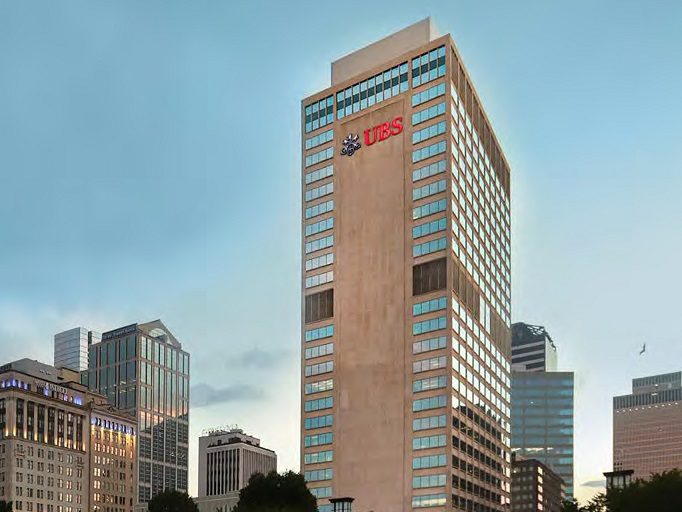
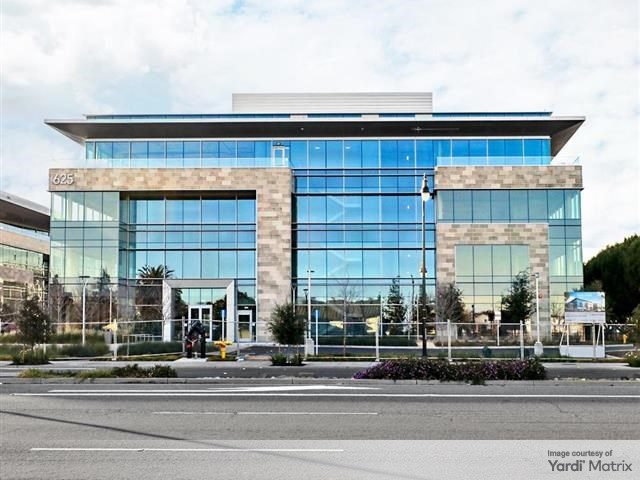
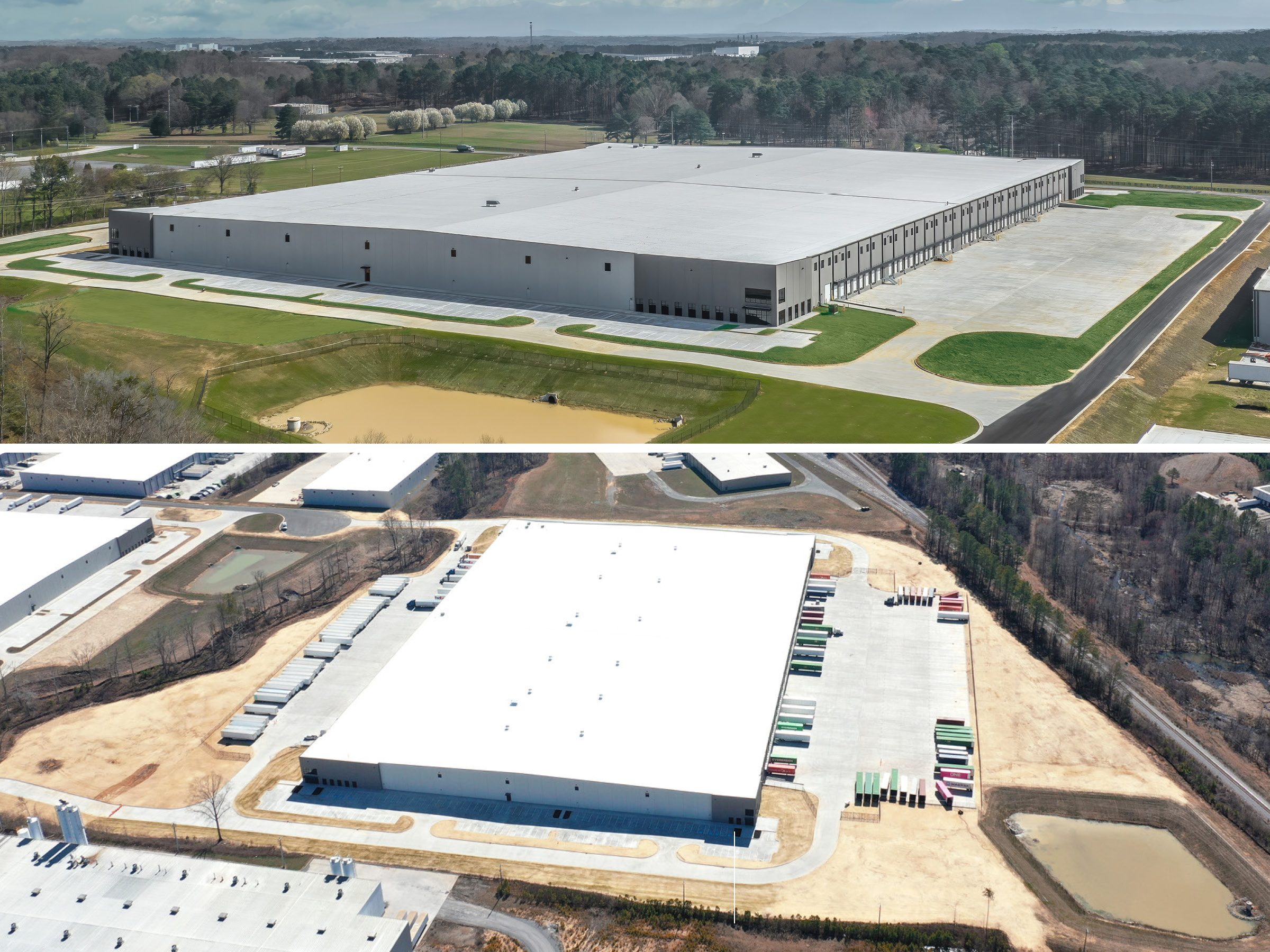
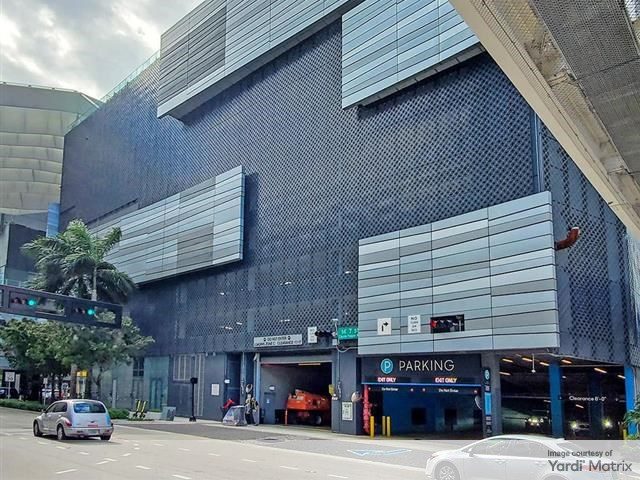
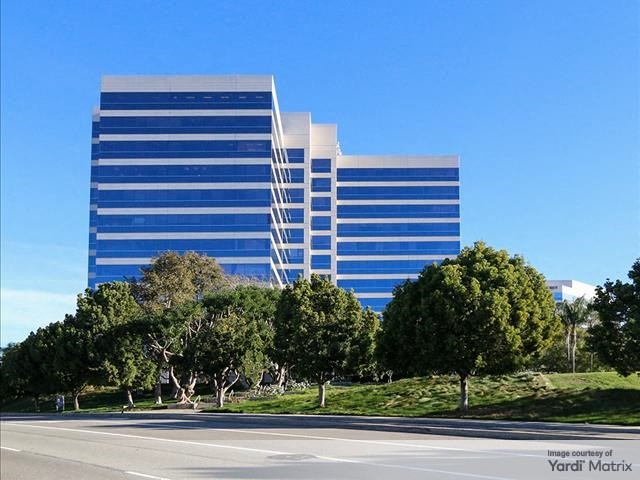
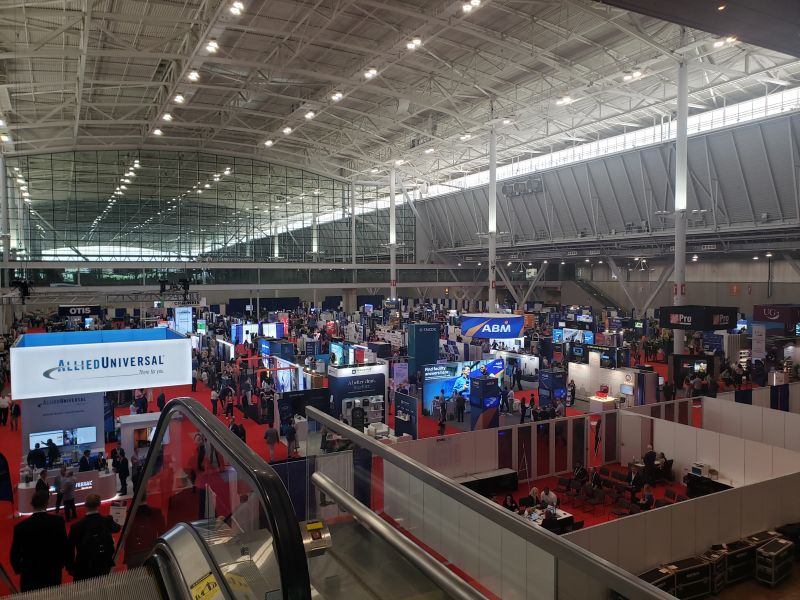
You must be logged in to post a comment.